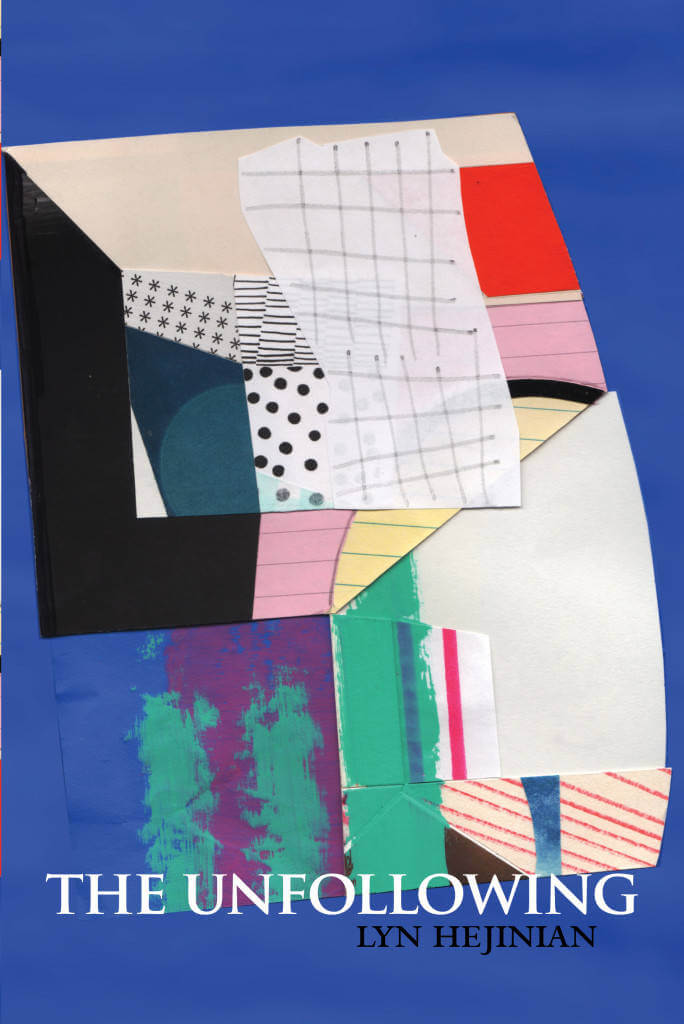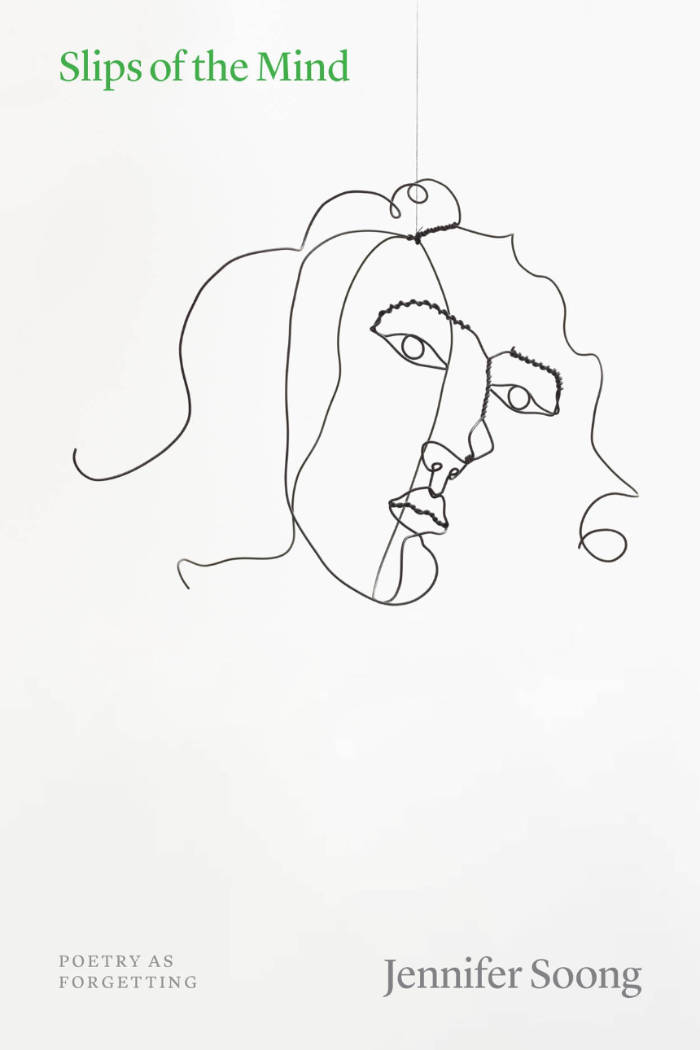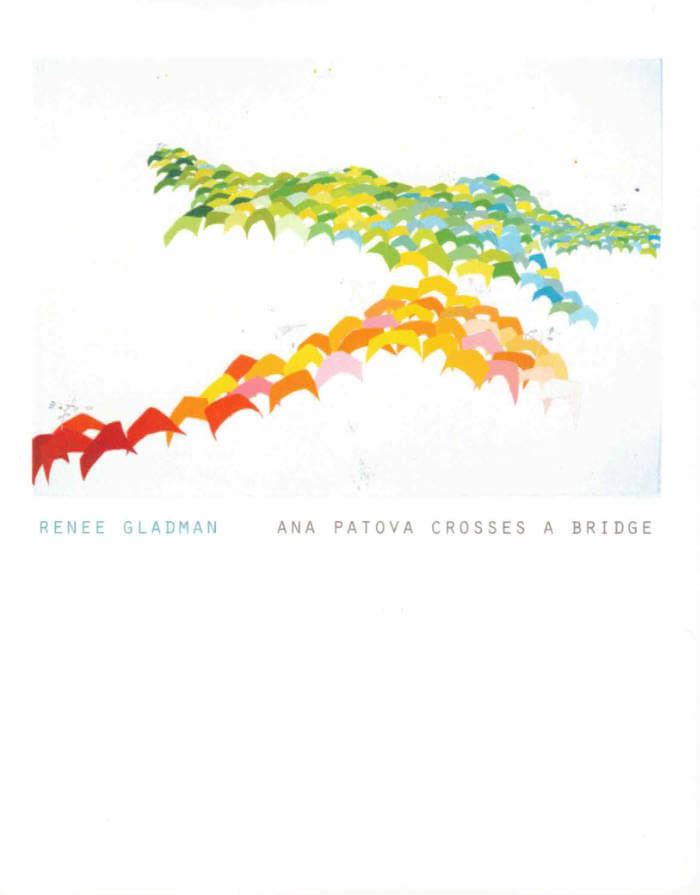
The End
Poet, translator, and educator Aditi Machado’s The End is an essay about the ends of poems and the ends of time. Through close readings of a range of poets and thinkers (including Rainer Maria Rilke, Emily Dickinson, and Lyn Hejinian), an interrogation of the received aesthetics of US writing workshops, and reflections on her own poetic practice, Machado examines notions of epiphany, closure, excess, and economy.
This pamphlet is part of UDP’s 2020 Pamphlet Series: twenty commissioned essays on collective work, translation, performance, pedagogy, poetics, and small press publishing. The pamphlets are available for individual purchase and as a subscription. Each offers a different approach to the pamphlet as a form of working in the present, an engagement at once sustained and ephemeral.
Aditi Machado is the author of Some Beheadings (Nightboat) and the translator of Farid Tali’s Prosopopoeia (Action). Her poetry and criticism also appear in chapbook form as well as in journals like Lana Turner, VOLT, Chicago Review, Western Humanities Review, and Jacket2. Her second poetry collection Emporium (forthcoming) recently received the James Laughlin Award. Machado works as an Assistant Professor at University of Cincinnati.
Language: English
.jpg)






